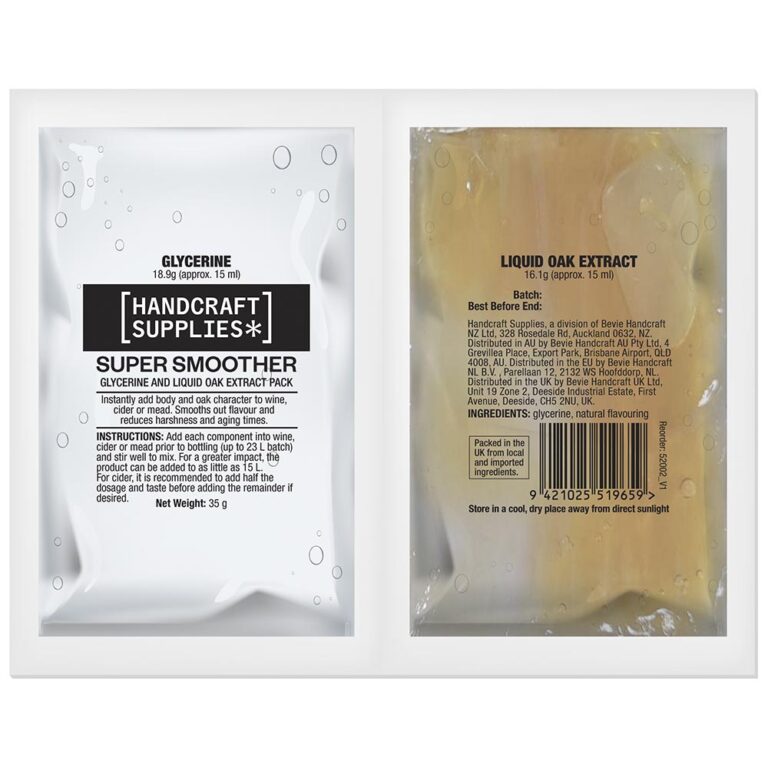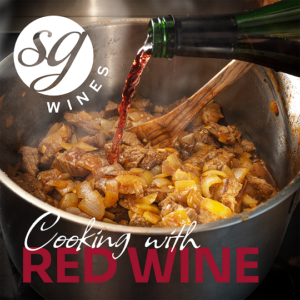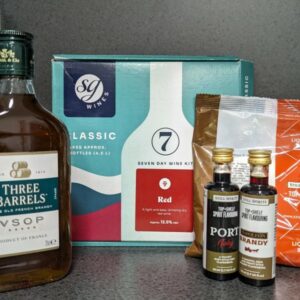Oak Chips
Following on from the first in this series, Adding Ingredients to Your Wine – Fruit, this time we’re talking about one of the most popular ingredient additions; oak chips. Often used in commercial winemaking, oak imparts flavours that add maturity, sophistication, and flavour balance that can improve wine significantly.
Traditionally aged in wine casks which can take months or even years to age, the large surface area of oak chips imparts flavour much quicker, meaning you can age your wine in just a few days!
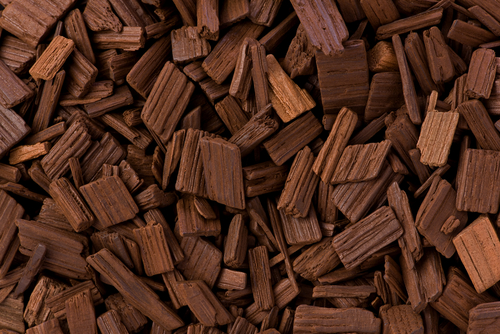
Types of Oak Chips
There are many different types of oak, from light to heavy toast, usually of French or American origin, and from fine to large sizes.
As a general rule, lighter wines suit the more subtle, French oak chips with lighter toast levels, where full-bodied, flavourful wines are better paired with strong American oak and heavier toast levels.
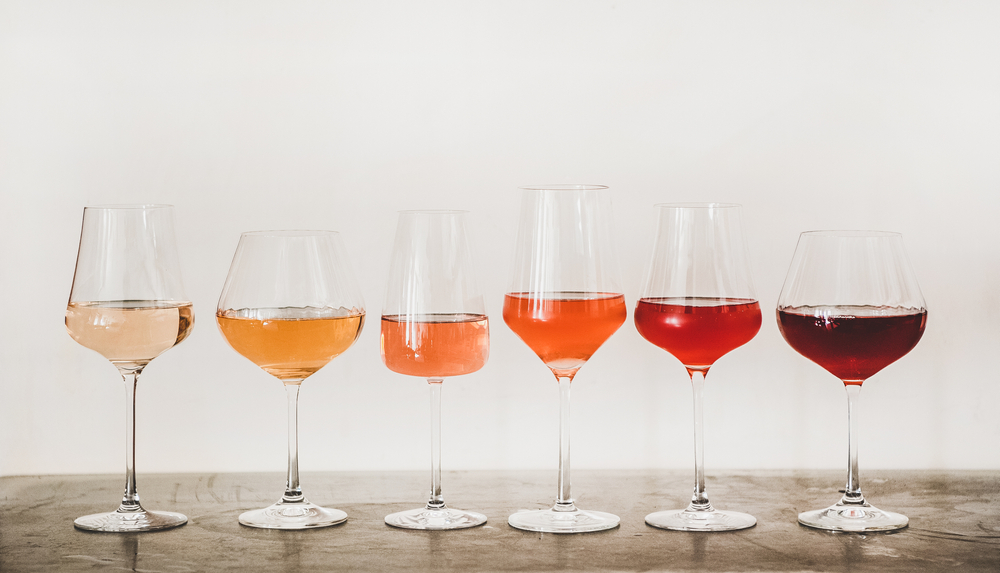
Other forms of oak are also available including oak cubes and spirals. These also have large surface areas but not as much as chips. Cubes and spirals are typically used more when aging wine for longer periods (weeks not days) as they impart oak character much slower than chips.
When to Add Oak Chips
Like fruit, oak chips can be added at any time during the winemaking process, although unlike fruit, there is no sugar content, so the chips won’t impact the ABV of your wine.
Adding oak chips at the start of fermentation allows the yeast to interact with the oak chips and this can create a more complex flavour profile.
Alternatively, adding them at the end of the winemaking process (for wine aging), allows the finished wine to absorb flavours and aromas from the oak chips without the fluctuations caused by fermentation.
So, it all depends what you want from oak chips in your wine. For more complex flavours, add them at the start, or for pure oak essence, add them at the end of the process.

How Much and for How Long?
Much like fruit or other ingredient that’s added to your wine, the amount you’ll need all depends on the style of wine, selected oak and how ‘oaky’ you want your wine.
As a guideline, we recommend using 25-50g for a 30 bottle kit, or 5-10g for 6 bottle kits.
If adding the oak chips at the start of fermentation, throw the oak chips into your fermenter loose and leave them for the whole fermentation period. When fermentation is complete, rack your wine into your secondary fermenter, leaving the oak chips behind.
For oak aging, you can add the chips in loose or in a sterilised mesh bag, which is big enough to allow the chips to move around freely. You can age your wine for as long as you like, but our recommendation is 5-7 days.
Oak Essences
Another option for adding oak to your wine is to use an oak essence. In these products, oak character has been physically extracted from the wood and bottled or sacheted in liquid form. They aim to speed-age wine faster than any other oak product and are usually added just before bottling or even dosed when the wine is in the glass.
Handcraft Supplies Super Smoother (below) is one example. This contains glycerine and liquid oak extract in a dual sachet. Adding both before bottling gives your wine an instant hit of oak character and body, reducing harshness and aging times.
You can get Handcraft Supplies Super Smoother from most homebrew retailers.
Happy Oaking!
